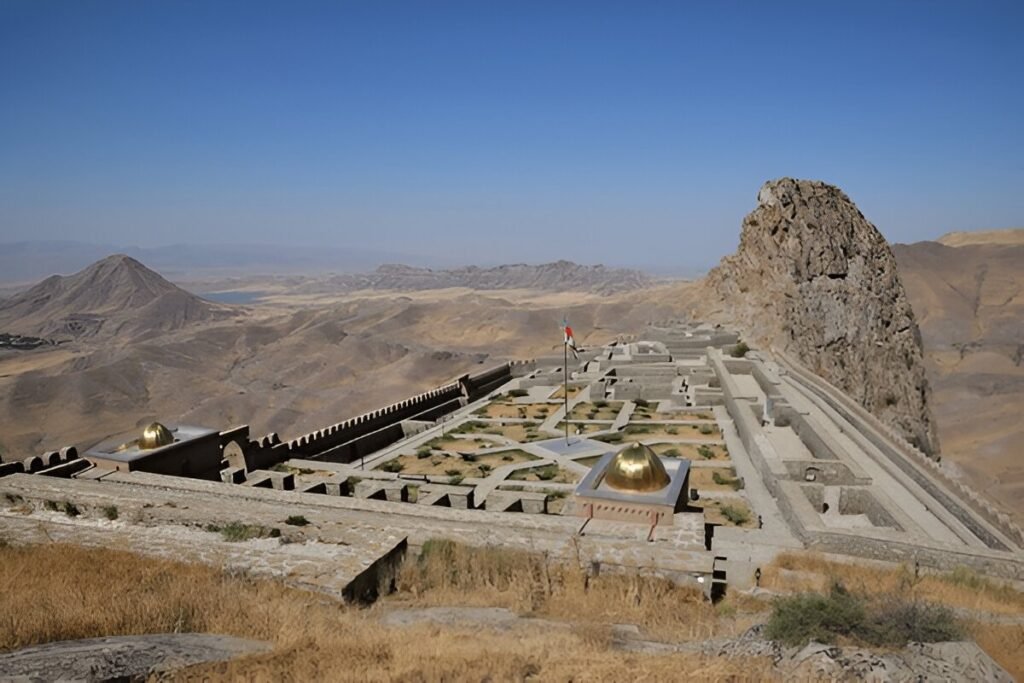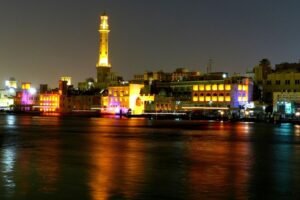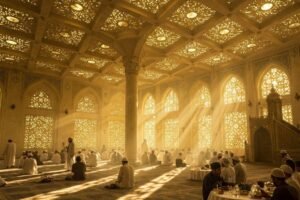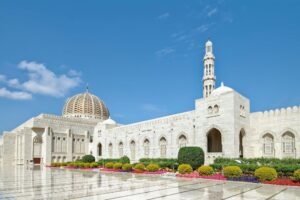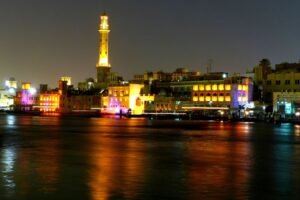Introduction
Nestled in the southeastern corner of the Caucasus, Nakhchivan is one of Azerbaijan’s most unique and lesser-known gems. Despite being an autonomous republic within Azerbaijan, this landlocked region is separated from the main part of the country by Armenia, making it an interesting and somewhat enigmatic destination. Nakhchivan has a rich historical, cultural, and natural heritage that is waiting to be explored, offering a blend of ancient ruins, breathtaking landscapes, and distinct traditions.
For those seeking a unique and off-the-beaten-path destination, Nakhchivan promises an experience that is as enriching as it is fascinating. In this article, we will delve into the many aspects of Nakhchivan, from its historical landmarks to its natural wonders and cultural significance, revealing why this hidden corner of Azerbaijan is worth visiting.
The Geographical Uniqueness of Nakhchivan
Nakhchivan is bordered by Armenia to the north and east, Iran to the south, and Turkey to the west. Though technically part of Azerbaijan, it is isolated from the rest of the country due to the political complexities of the region. The Nakhchivan Autonomous Republic is located in a mountainous zone, with the Zangezur Mountains running through its northern part and the Aras River forming a natural border with Iran in the south.
This geographical isolation has given Nakhchivan a distinct cultural identity, making it stand apart from other parts of Azerbaijan. Despite its relatively small size, the region is home to a rich array of landscapes, from lush valleys and rivers to rugged mountains and desert-like areas.
A Historical Journey Through Nakhchivan
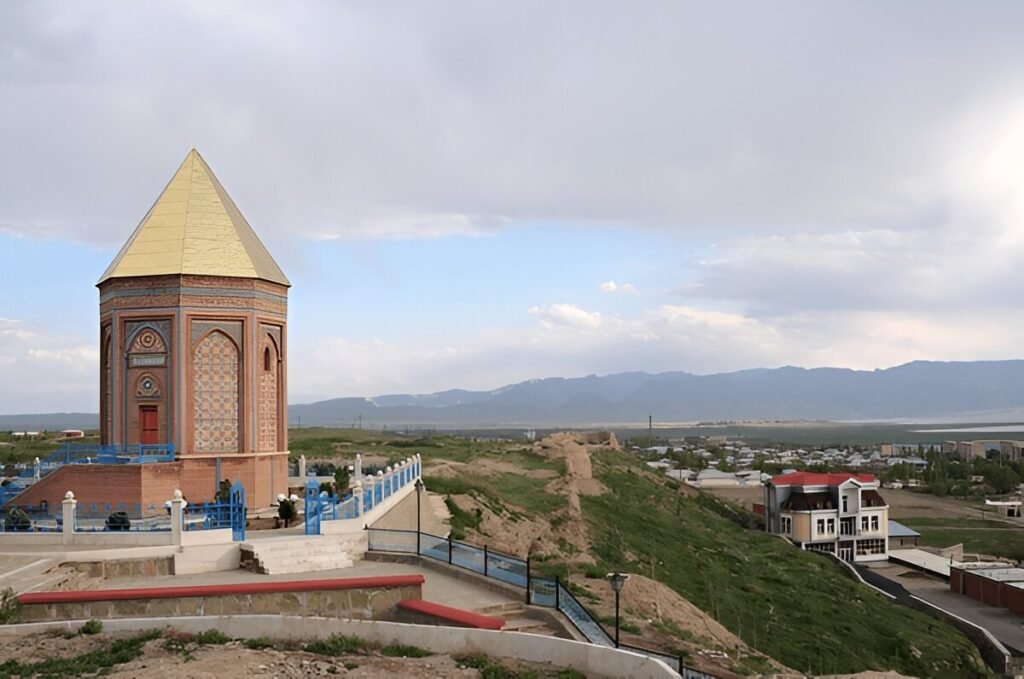
Nakhchivan’s history stretches back to ancient times, and the region has witnessed the rise and fall of numerous civilizations. From Persian and Arab rule to Ottoman and Russian influence, Nakhchivan has been a crossroads for various peoples and cultures over the centuries. This historical significance is reflected in the wealth of archaeological sites, medieval monuments, and ancient fortresses scattered across the region.
The Ancient City of Nakhchivan
The city of Nakhchivan, the administrative and cultural center of the region, is one of the oldest continuously inhabited cities in the world, with its origins dating back more than 5,000 years. Archaeological excavations in the area have revealed traces of ancient civilizations, including settlements from the Urartian, Persian, and Sassanian periods.
One of the most notable historical sites in the city is the Nakhchivan Khans’ Palace, a stunning example of Azerbaijani architecture that reflects the region’s long-standing cultural connections with Persia. The Nakhchivan Carpet Museum also showcases the area’s rich craftsmanship and tradition of carpet weaving, a centuries-old art form that has been passed down through generations.
The Momine Khatun Mausoleum
Perhaps the most iconic historical monument in Nakhchivan is the Momine Khatun Mausoleum, which stands as a symbol of the region’s rich architectural and cultural history. The mausoleum, built in the 12th century, is a masterpiece of medieval architecture and is considered one of the finest examples of Azerbaijani Islamic architecture. The mausoleum’s distinctive brickwork, delicate carvings, and graceful proportions make it one of the most admired monuments in Azerbaijan.
Momine Khatun was the wife of Jahan Pahlavan, a prominent leader of the region. The mausoleum, with its striking dome and intricate tile work, remains a significant historical and cultural site, attracting visitors from both Azerbaijan and abroad.
Alinja Fortress
Rising high above the surrounding landscape is the Alinja Fortress, one of Nakhchivan’s most imposing landmarks. The fortress, which dates back to the 5th century, was built on a cliff in the Zangezur Mountains and offers stunning panoramic views of the surrounding valley. Alinja Fortress is often referred to as the “Machu Picchu of Azerbaijan” due to its dramatic location and historical importance.
The fortress served as a strategic military outpost for various empires throughout the centuries and was used as a stronghold during times of conflict. Today, the ruins of Alinja Fortress are a popular destination for history enthusiasts and hikers alike.
The Natural Beauty of Nakhchivan
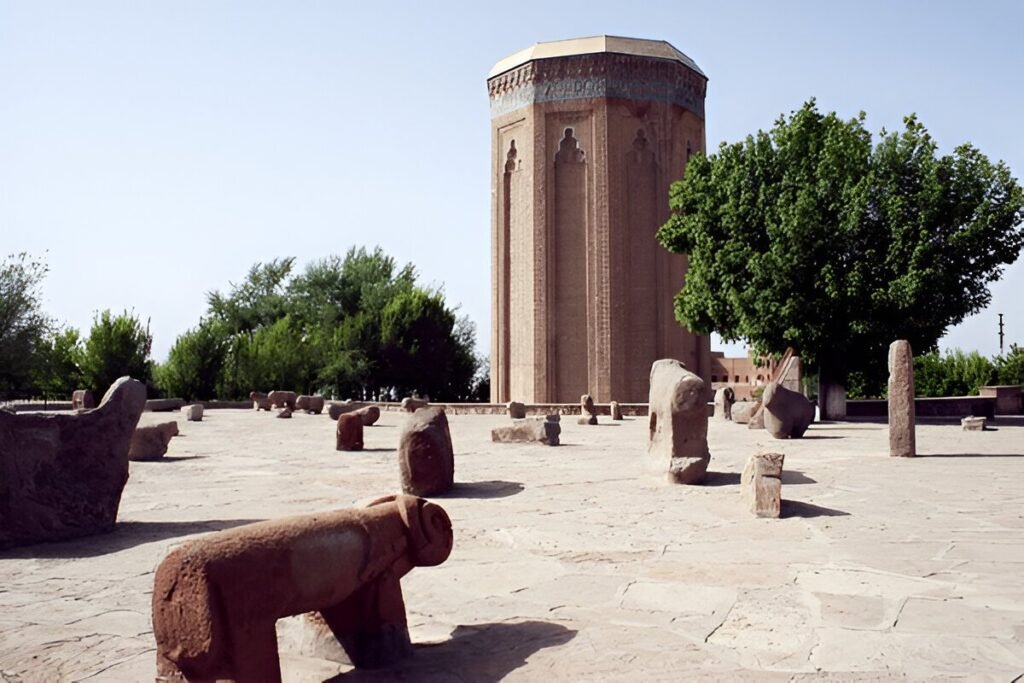
Nakhchivan is not only a treasure trove of historical landmarks, but it also boasts some of the most breathtaking natural landscapes in Azerbaijan. The region’s diverse topography offers a wide range of outdoor activities, from hiking in the mountains to exploring rivers and lakes.
The Aras River
One of the most significant geographical features of Nakhchivan is the Aras River, which flows along the southern border of the region and forms a natural boundary with Iran. The river is a vital water source for the region and has shaped the local landscape for centuries. The river valley is home to lush vegetation and is a popular spot for fishing, picnicking, and leisurely boat rides.
Lake Garasu
Located in the Shahbuz district of Nakhchivan, Lake Garasu is a hidden gem surrounded by mountains and forests. The lake is famous for its crystal-clear waters, which are believed to have therapeutic properties. The surrounding area is a popular destination for nature lovers and those seeking tranquility away from the hustle and bustle of city life.
Duzdag Salt Mine
One of the most unusual and intriguing natural attractions in Nakhchivan is the Duzdag Salt Mine, located near the city of Nakhchivan. This salt mine has been used for thousands of years, and today, it is famous for its healing properties. The mine’s salt-rich air is believed to be beneficial for people with respiratory problems, and it has even been transformed into a health spa for visitors seeking therapeutic treatments.
The Zangezur Mountains
The Zangezur Mountains are another natural wonder of Nakhchivan, offering some of the most stunning vistas in the region. The mountains are a paradise for outdoor enthusiasts, providing opportunities for hiking, mountain climbing, and wildlife watching. The rugged terrain and remote valleys make it an ideal place for adventure and nature lovers to explore.
Nakhchivan’s Unique Culture and Traditions

The people of Nakhchivan have a strong sense of cultural identity, which is deeply rooted in their historical and geographical isolation. The region has preserved many ancient traditions and customs, which have been passed down through generations. Nakhchivan is known for its distinctive music, dance, and culinary traditions, all of which reflect the unique character of the region.
Nakhchivani Cuisine
The food of Nakhchivan is a blend of Azerbaijani, Persian, and Turkish influences, with an emphasis on fresh, local ingredients. Traditional dishes include dolma (stuffed grape leaves), kebab, and piti (a rich meat and vegetable stew). One of the most famous dishes in Nakhchivan is dushbara, small dumplings filled with meat and served in a rich broth.
Music and Dance
Nakhchivan has a rich tradition of folk music and dance, with unique styles that distinguish it from other regions of Azerbaijan. The saz (a traditional stringed instrument) is a prominent feature of Nakhchivani music, and the region’s dance forms are characterized by their elegance and grace.
Conclusion:
Nakhchivan is a destination that offers a wealth of history, culture, and natural beauty. Whether you’re exploring its ancient fortresses, hiking in the Zangezur Mountains, or savoring traditional Nakhchivani cuisine, this autonomous region of Azerbaijan promises an unforgettable experience. Its unique geography, historical significance, and cultural richness make it an ideal destination for travelers seeking something different from the typical tourist trail.
Nakhchivan may be geographically isolated, but it is truly one of Azerbaijan’s hidden treasures, offering visitors a fascinating glimpse into a world that remains largely untouched by modern tourism. For those looking to uncover the lesser-known corners of Azerbaijan, Nakhchivan is a must-visit destination that will leave a lasting impression.



